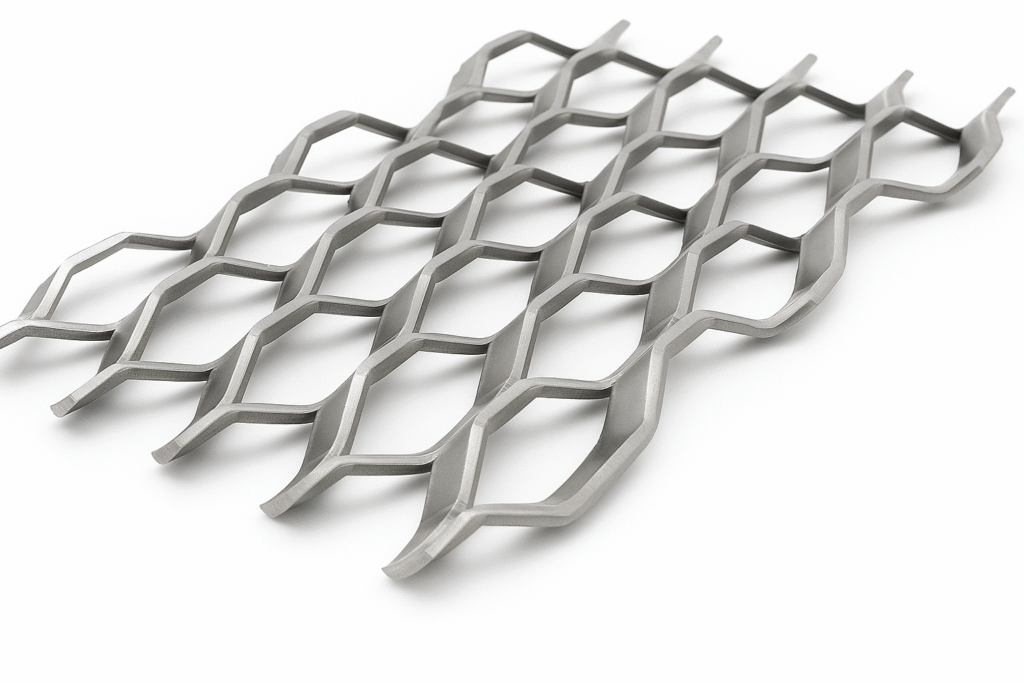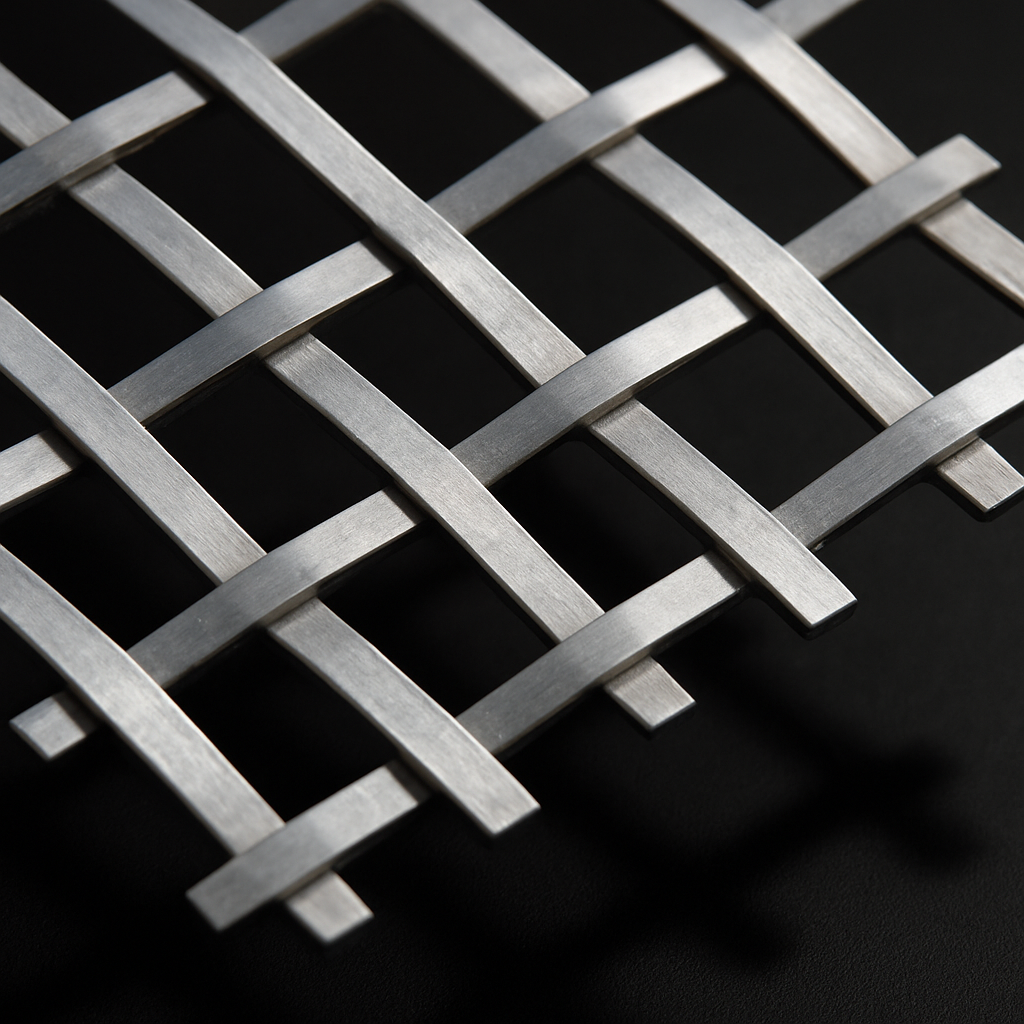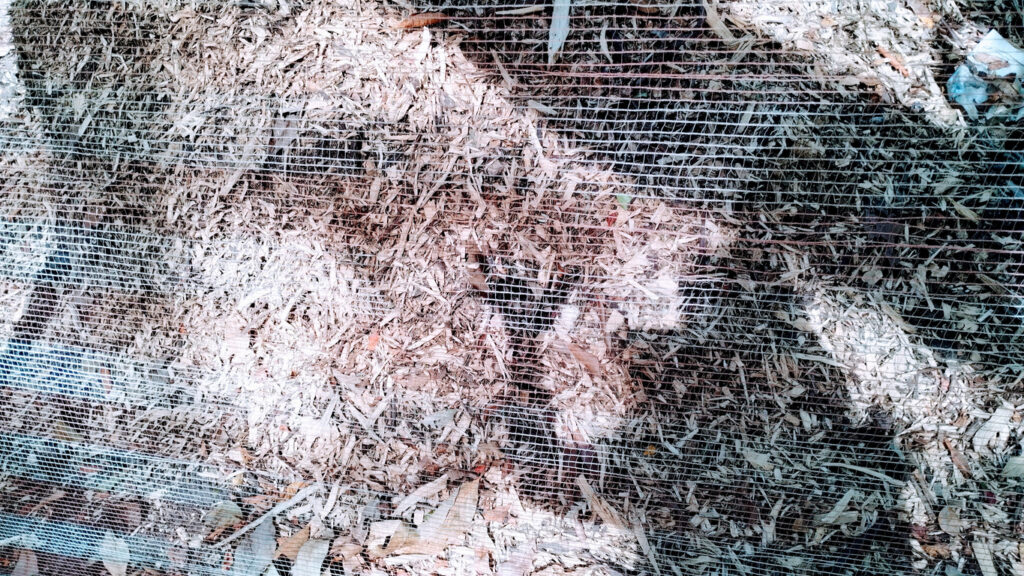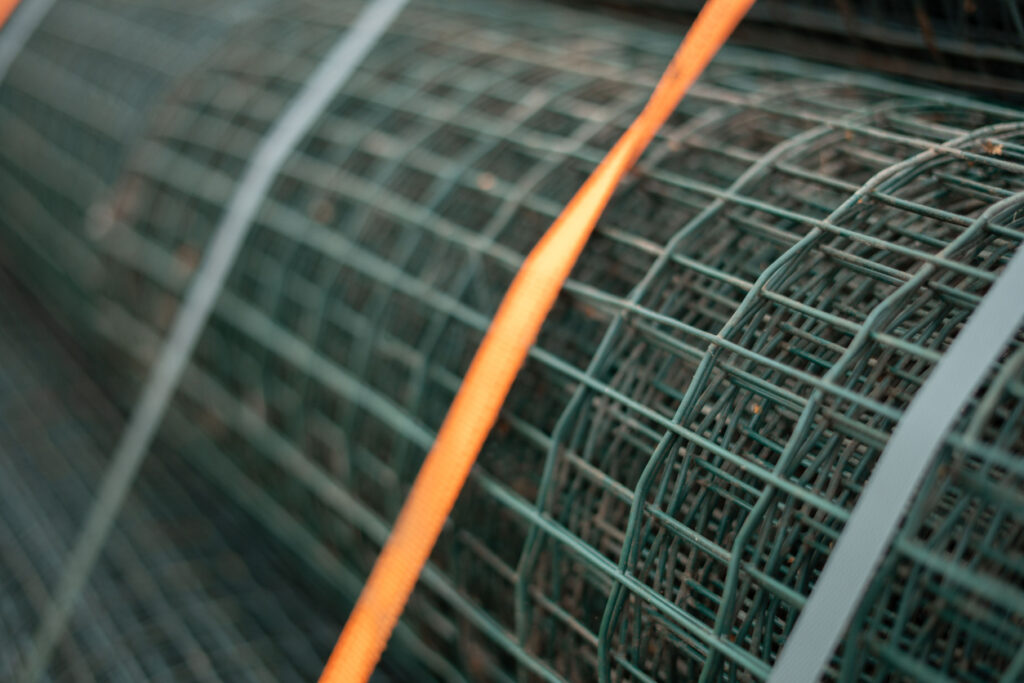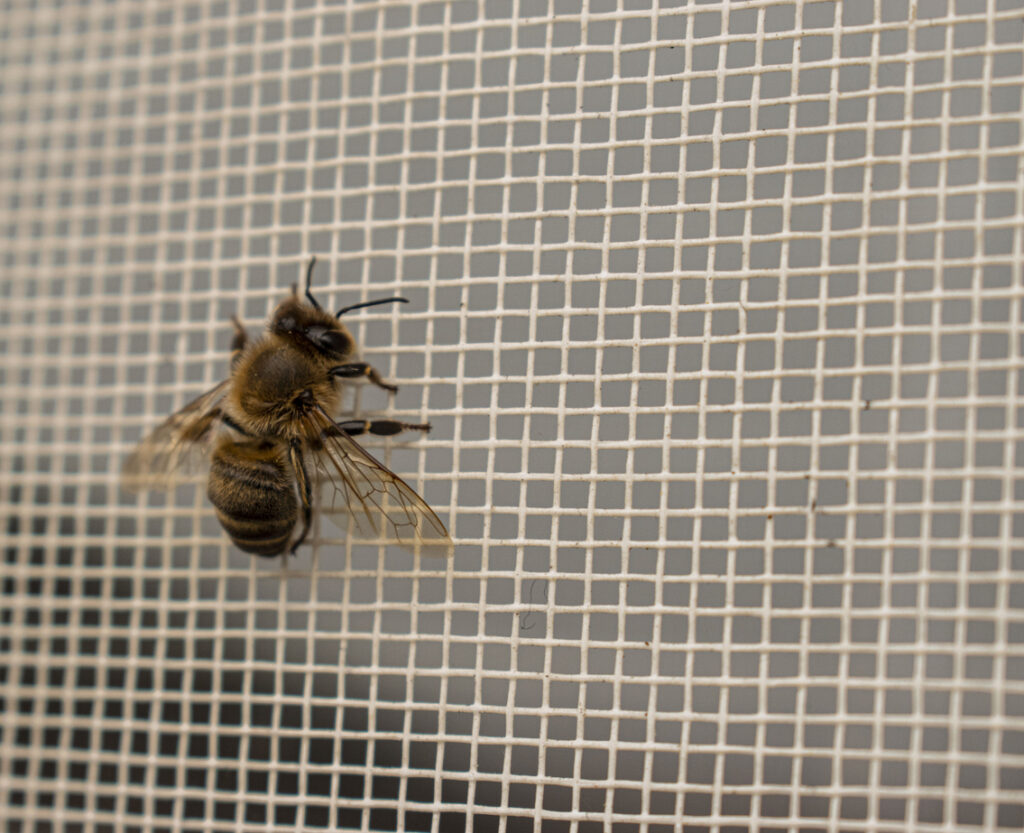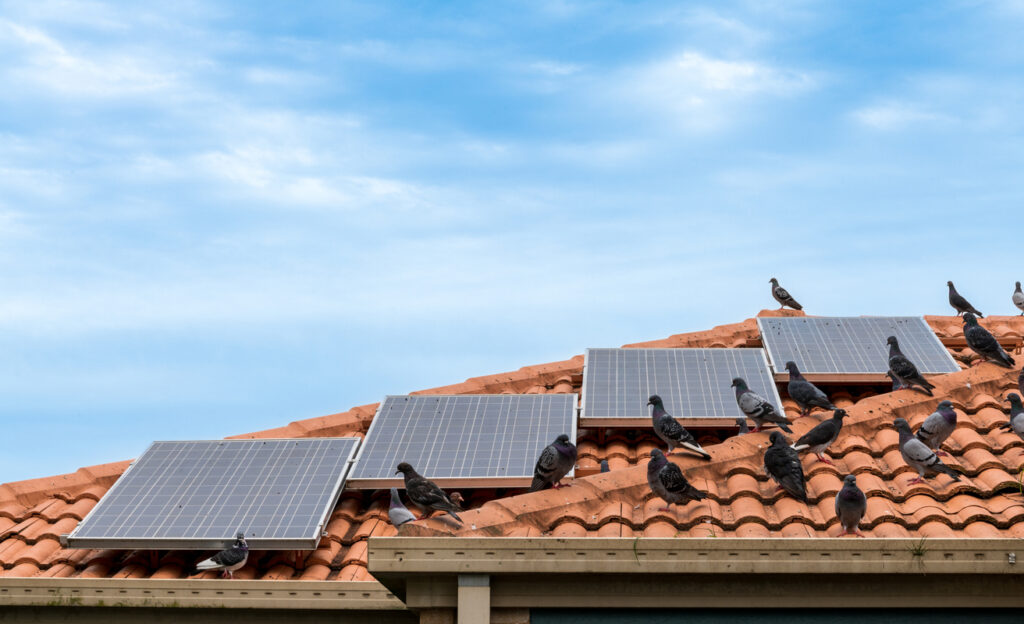










If you have ever seen a metal fence or a clothesline, then you’ve seen galvanised tensioning line wire in action. It’s an incredibly versatile metal wire that can be used for all sorts of tasks, from fencing to strapping bundles together. But what is it exactly, and why should you use it?
Let’s take a closer look at this massively helpful material.
Galvanised tensioning line wire is a type of wire used to create tension in fences, wires, and cables. It is made of steel wire that has been coated with a layer of zinc to protect it from corrosion and rust.
The galvanization process involves immersing the steel wire in a bath of molten zinc, which forms a durable and corrosion-resistant layer on the surface of the wire. This layer of zinc helps to protect the wire from rust and corrosion caused by exposure to moisture, air, and other environmental factors.
Tensioning line wire is commonly used in fence construction, particularly in chain-link fences, to provide support and tension to the fence fabric. The wire is typically stretched tightly between fence posts and secured with tensioning devices such as turnbuckles or wire strainers.
We also offer tensioning wire with a green coating.
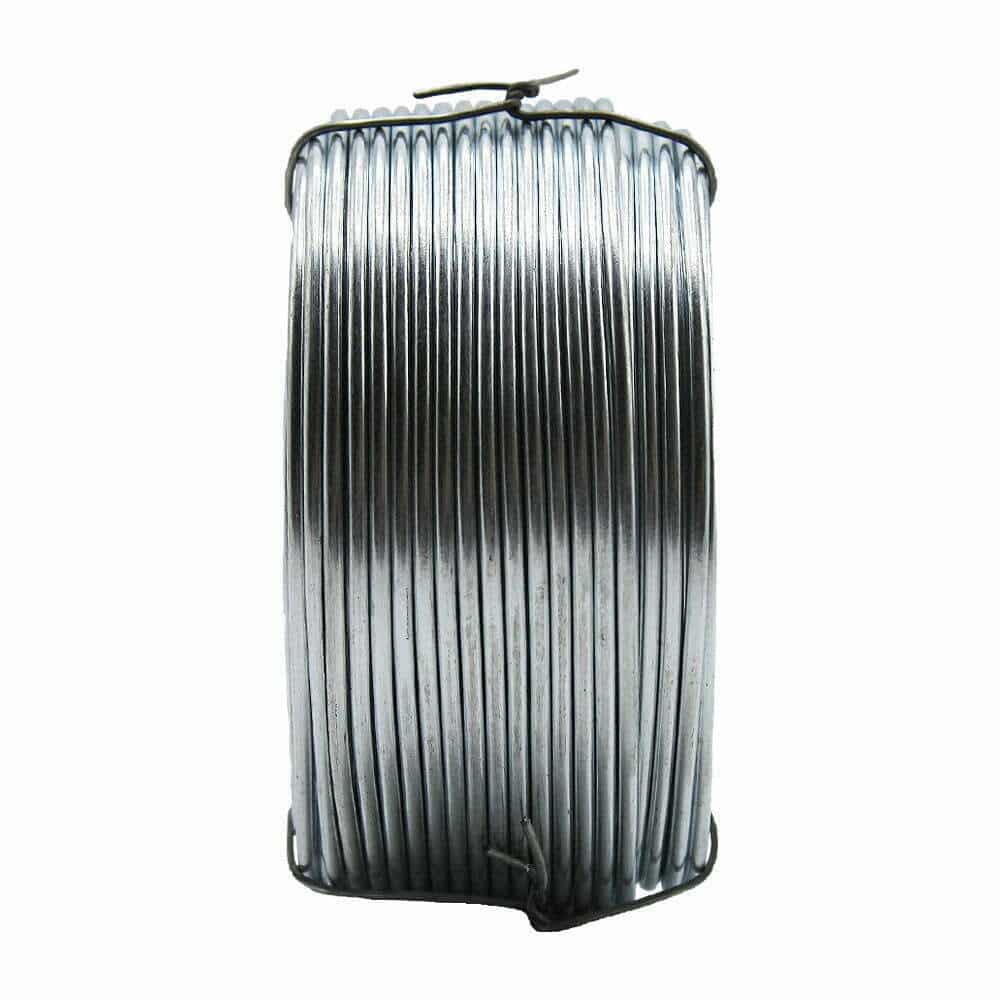
Galvanised tensioning line wire offers several benefits over standard steel wires or rods because it is stronger, more flexible, and better able to resist corrosion due to the galvanization process that bonds the individual wires together. It can also be quickly installed since no welding or cutting tools are needed—just attach the hooks on either end and you’re good to go! Moreover, galvanised tensioning line wire doesn’t require any additional maintenance once it’s installed like some other types of metal wires do (for example painting). Plus, they come in different sizes depending on your needs so you can find the right size for your specific project.
These are some common tools you may need:
Wire cutters or pliers: These tools are used to cut and bend the wire.
Tensioning devices: Depending on the application, you may need turnbuckles, wire strainers, or other tensioning devices to tighten the wire and create tension.
Wrenches: You may need a wrench to tighten or loosen nuts and bolts on the tensioning devices.
Gloves: Gloves can protect your hands from sharp edges and cuts while working with the wire.
Safety glasses: Safety glasses can protect your eyes from flying debris while cutting or bending the wire.
Measuring tape: A measuring tape can help you accurately measure the length of wire you need for your project.
Fence posts: Fence posts are necessary for creating a sturdy fence, and you will need to have the appropriate number of posts for your specific fence design.
Hammer and nails: Depending on your fence design, you may need a hammer and nails to attach the fence fabric to the posts.
Concrete mix: If you are installing fence posts in the ground, you will need concrete mix to secure them in place.
Absolutely.
We have a huge range of galvanised steel and green pvc coated chicken wire.
We also stock galvanised steel livestock fencing and green PVC wire fencing rolls.
So yes, we have a large range of fencing materials to compliment our wires.
Also, we have a huge range of small weld mesh rolls that would work well for small fencing projects.
Whether you’re looking for something strong enough to hold up a fence or need something flexible enough to bundle items together securely, galvanised tension line wire may be just what you need.
So if you’re looking for an affordable solution for your next project that won’t break the bank but will still last for years – give galvanised tension line wire a try! You won’t regret it!
As always, thank you for checking out our blog. We hope that this helps you with your project. We try to launch a couple of new guides every week. Eventually we will have covered everything there is to cover about mesh.
Our goal for our blogs and help guides is to answer as many questions as possible to help to explain the possibilities of mesh to our customers. Contact our team today if you have any questions at all. We are always really keen to help in any way that we can.

